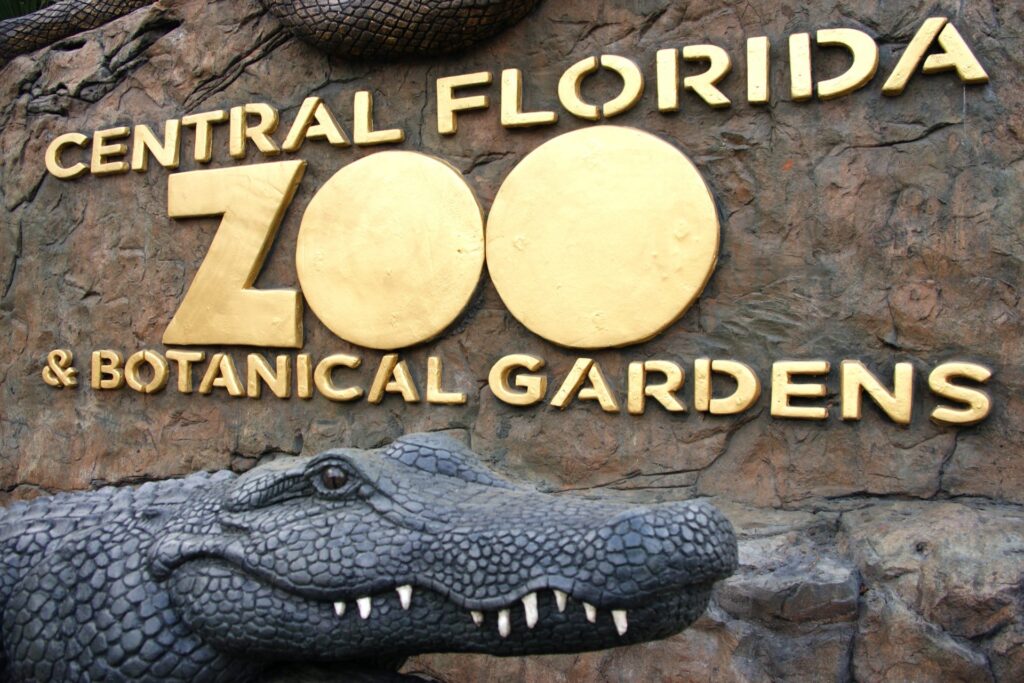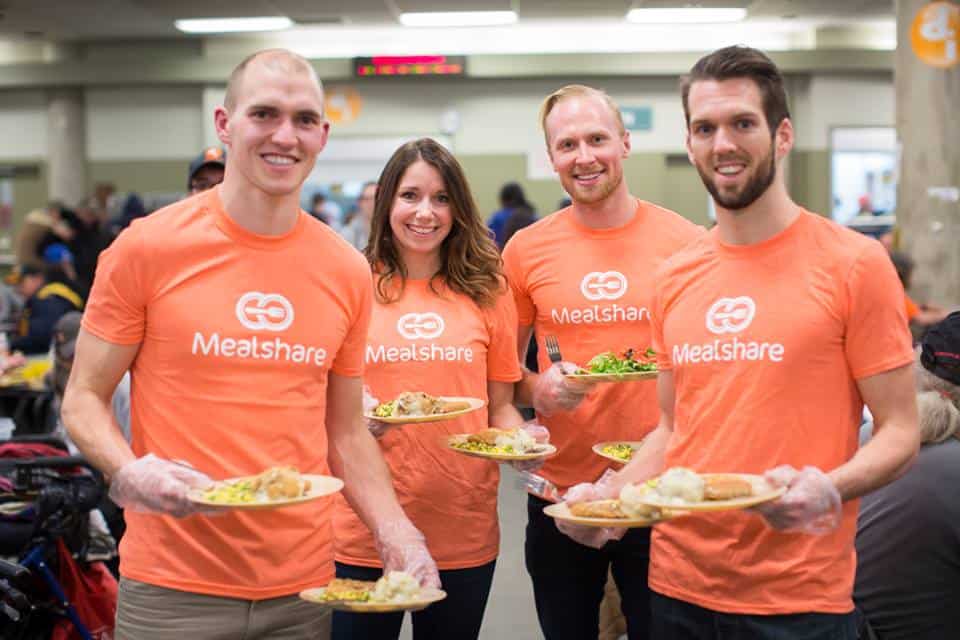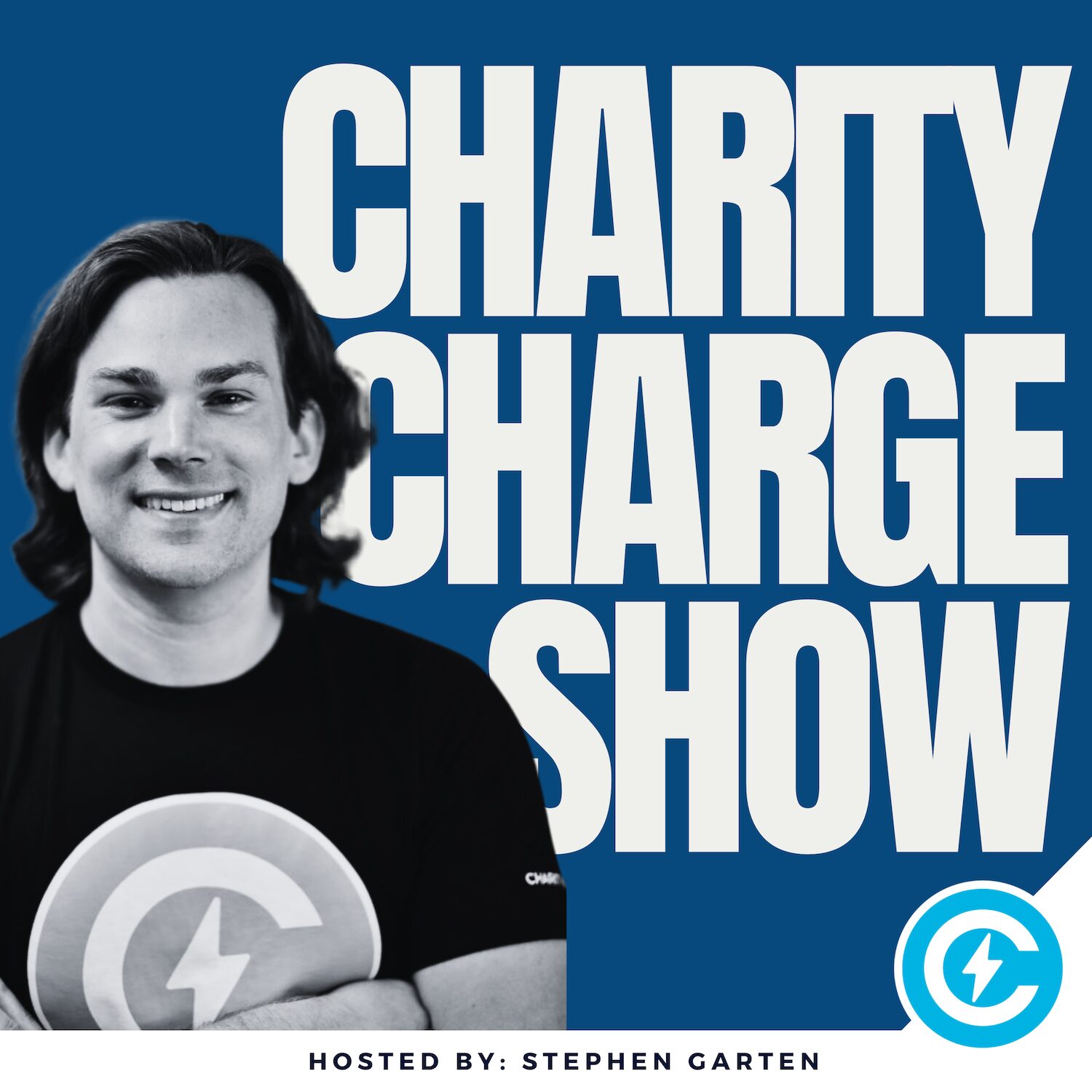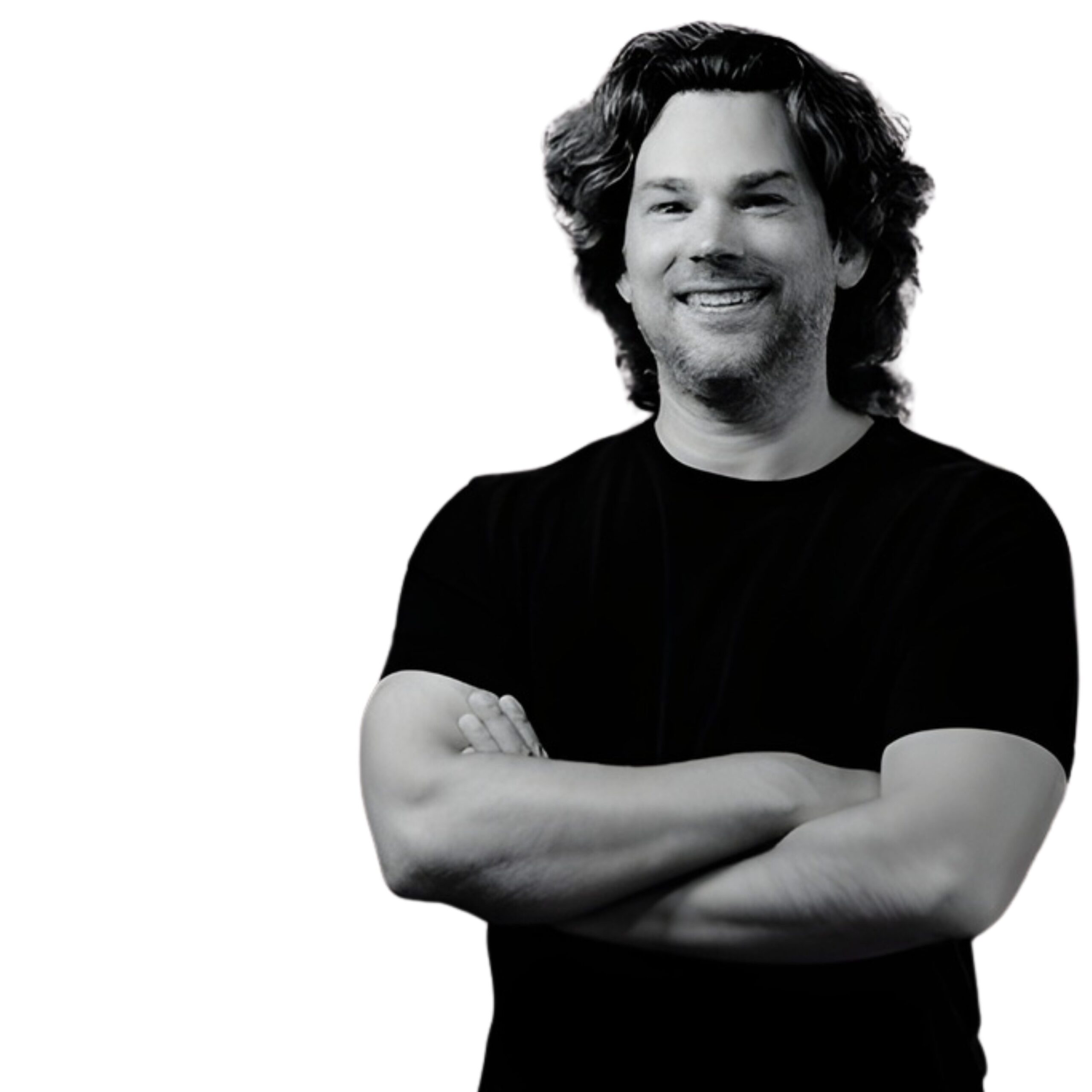In this episode of The Charity Charge Show, we sit down with Richard Glover, CEO of the Central Florida Zoo and Botanical Gardens, for a thoughtful conversation about nonprofit leadership, conservation, and community engagement.
Richard’s journey offers valuable lessons for nonprofit executives navigating both the operational and human sides of leadership. From managing crises like hurricanes to building a culture of professional development and inclusion, his approach reflects a deep commitment to mission-driven excellence.
Central Florida Zoo and Botanical Gardens Purpose
Nestled among Florida’s lush wetlands, the Central Florida Zoo and Botanical Gardens offers visitors a different kind of experience. Unlike many urban zoos, guests walk through tree-lined boardwalks and natural habitats rather than concrete pathways. The zoo also operates a second conservation campus dedicated to breeding and reintroducing species such as Eastern indigo snakes and striped newts into their native ecosystems across Florida, Alabama, and Georgia.
As Richard explained, “We’re focused on both local wildlife and global conservation. Our property feels very natural, and that’s something we’re proud to preserve.”
A Nonprofit at Heart
Many visitors are surprised to learn that the Central Florida Zoo is a 501(c)(3) nonprofit, not a government-run facility. That structure comes with both challenges and rewards.
“Running a zoo is a very expensive business,” Richard noted. “We have all the traditional nonprofit costs—staff, programs, operations—but also food and vet care for hundreds of animals, each with unique dietary and medical needs.”
The zoo employs a specialist dietician who designs individualized meal plans for more than 350 animals. “Sometimes I want their snacks,” Richard joked, acknowledging the level of care that goes into every detail of animal welfare.

Leadership and Professional Development
When Richard joined as CEO in 2022, he quickly realized that many staff members had been loyal to the organization for years but had not been given the professional development needed to grow.
He set out to change that.
“Your workforce today wants more than a paycheck. They want to feel invested in and part of something,” he said. “We started bringing in leadership and communication training, and even partnered with local libraries so employees could access LinkedIn Learning for free.”
The impact was immediate. Departments began working better together, morale improved, and a culture of continuous learning took root.
He also emphasized that development doesn’t have to be expensive. Nonprofits can tap into free online resources, peer mentorships, or local workshops to achieve similar outcomes.
Creating an Inclusive Culture
Richard’s leadership extends beyond staff development. Early employee surveys revealed that some team members didn’t feel fully included or heard. Instead of ignoring the issue, Richard leaned in.
“We realized that people want to feel accepted and appreciated as their authentic selves,” he said. “If your team feels that way, they’ll make your guests feel that way too.”
That belief has shaped the zoo’s community programming. Events like Sunsets at the Zoo now celebrate different cultural groups—including Hispanic Heritage, Pride Month, and more. The events bring together diverse food trucks, performers, and local nonprofits for an inclusive, family-friendly atmosphere.
“It’s about showing people they belong,” Richard explained. “We’ve built real relationships with communities who may not have felt invited before. Our attendance has more than doubled.”
Celebrating Community Through Events
The zoo’s calendar is filled with beloved local traditions, including Zoo Boo Bash and the Asian Lantern Festival. These events engage the community while supporting the zoo’s mission of education and conservation.
The Lantern Festival, for instance, has grown from 40,000 to over 120,000 attendees in just five years. The 55-night celebration transforms the zoo into a dazzling cultural experience for families and couples alike.
“We’re not just about entertainment,” Richard said. “These events are opportunities for people to learn, connect, and support our animals and programs.”
Advice for Nonprofit Leaders
When asked for his biggest piece of advice, Richard kept it simple but powerful:
“Listen. A lot of times as nonprofits, we assume we know what our audiences or employees need. Take the time to ask and listen. The best ideas can come from anywhere.”
That mindset has helped Richard cultivate trust across his organization and community—an essential ingredient for any mission-driven leader.
Podcast Interview Transcript
Q: What makes the Central Florida Zoo and Botanical Gardens unique compared to larger city zoos?
A: The zoo sits on Florida wetlands, which gives the entire property a natural, low-lying feel. Guests walk through tree-lined boardwalks and lush areas rather than concrete paths. The collection highlights Florida wildlife alongside species from around the world.
Q: How does the zoo approach conservation beyond the main campus?
A: A second conservation campus about 30 miles away focuses strictly on breeding and reintroduction. The team breeds and re-releases Eastern indigo snakes and striped newts into native habitats across Florida, Alabama, and Georgia.
Q: Many visitors assume zoos are government run. How is your organization structured?
A: The Central Florida Zoo is a 501(c)(3) nonprofit. Some zoos are city or state run, but many like ours are independent nonprofits. That model creates both opportunity and cost pressure.
Q: What are the biggest cost drivers for a nonprofit zoo?
A: In addition to typical nonprofit expenses, the zoo covers veterinary care and specialized diets for hundreds of animals. A contracted dietician designs individualized meal plans for roughly 350 animals. Aging animals can require costly medications and tailored nutrition.
Q: You became CEO in April 2022. What early challenges shaped your leadership?
A: Six months in, a hurricane flooded the property and forced a 28-day closure. It was a rapid lesson in crisis leadership. Another early challenge was inheriting a loyal team that had not received adequate professional development.
Q: How did you address gaps in professional development and team performance?
A: First, observe and listen. I spent about six months learning the organization. Then we invested in people. We brought in facilitators for leadership communication and later guest experience training. Departments began to collaborate more effectively once they understood different communication styles.
Q: Not every nonprofit has budget for training. What low or no-cost options work?
A: Partner with local libraries that provide access to LinkedIn Learning with a library card. Map learning paths for emerging leaders on topics like hard conversations and people management. Add peer shadowing and cross-departmental projects to reinforce learning.
Q: How do you think about incentivizing professional development?
A: Our teams have been intrinsically motivated, which helps. As online courses become repetitive, we will consider incentives. Cash is not always feasible. Creative experiences can work. For us, a completed path might unlock a rhino encounter. The key is to decide whether learning happens on the clock and to keep incentives aligned with mission and budget.
Q: What did staff surveys reveal about culture and inclusion?
A: Early surveys surfaced concerns about being heard and included, even down to policies like dress code. We followed up with a dedicated inclusion survey. People want to feel respected as their authentic selves. If the team feels included, guests will feel welcome too.
Q: Your Sunsets at the Zoo series is often cited as a success story. What changed?
A: We reinvented a stale monthly series by giving each of the five evenings a community theme, such as Hispanic Heritage and Pride. We curated food trucks owned by or representing each community, added performers and speakers, and invited nonprofits that serve those communities. Attendance more than doubled, new audiences felt invited, and many attendees now return for other programs.
Q: What is the purpose behind this kind of programming?
A: It signals that everyone belongs. Some groups do not feel welcome unless explicitly invited. The series builds trust with those audiences and creates pride among staff who identify with the communities being celebrated.
Q: What should families know about Zoo Boo Bash?
A: It is a kid-friendly Halloween experience with an educational twist. Keepers build seasonal enrichment that goes into habitats. Guests might see a big cat tear into a decorated box like a house cat would. It is fun for visitors, enriching for animals, and a great way to teach about behavior and welfare.
Q: What is your single best piece of advice for nonprofit leaders?
A: Listen. Do not assume you already know what employees or audiences need. Ask and listen. The best ideas can come from anywhere. If you think you are the smartest person in the room, you will miss them.
Q: How can people get involved with the Central Florida Zoo as the year wraps up?
A: Volunteer for large events and programs. Attend the Asian Lantern Festival, which runs 55 nights from November 14 to January 18. Attendance has grown from 40,000 to 120,000 in five years. Visit the zoo, meet new arrivals like the baby fosa, and learn about conservation. Support our early capital campaign tied to the site’s 50th anniversary to update aging infrastructure. Donations through the website help fuel education, animal care, and facility improvements.
















